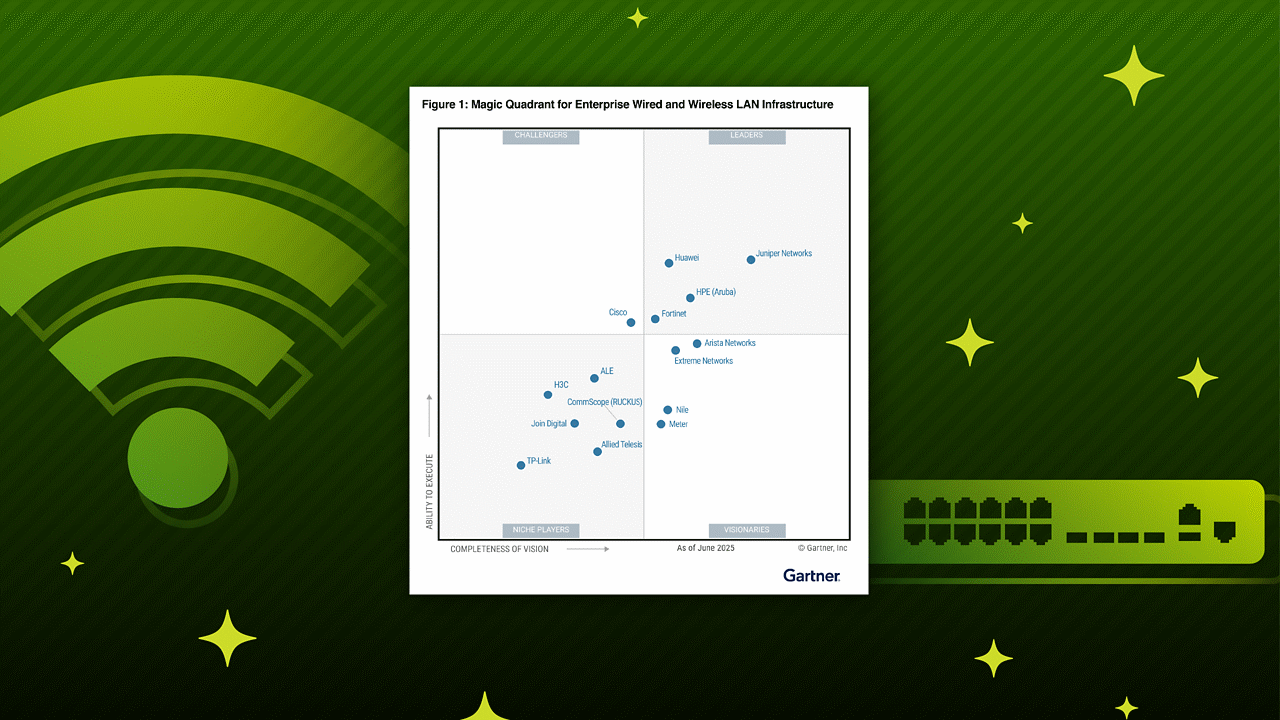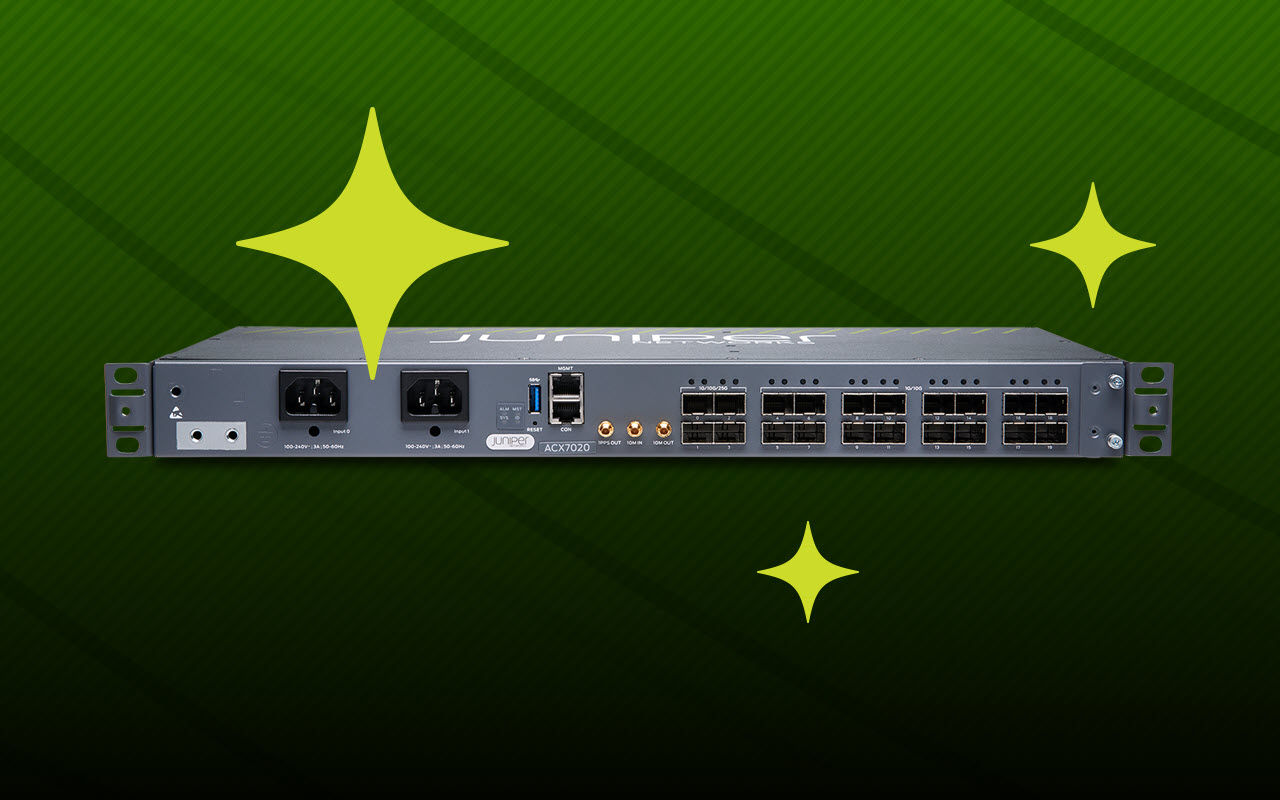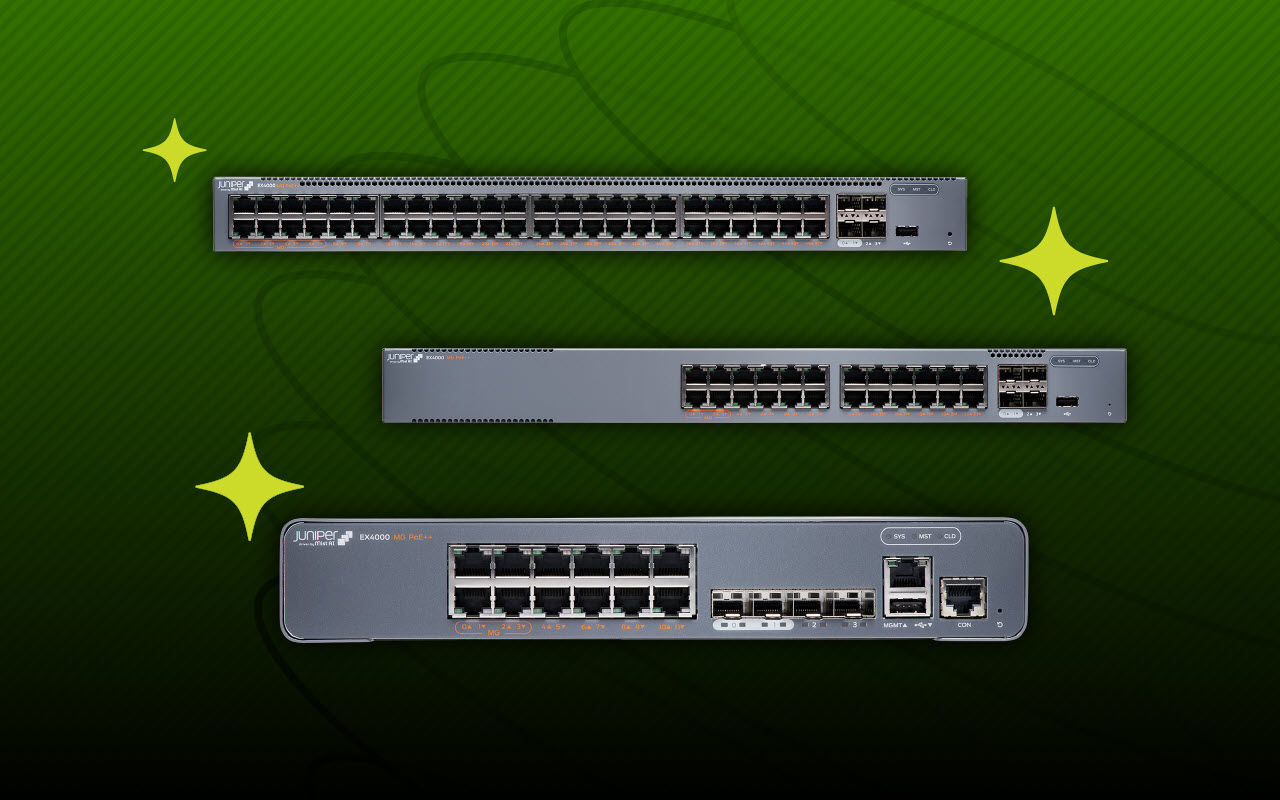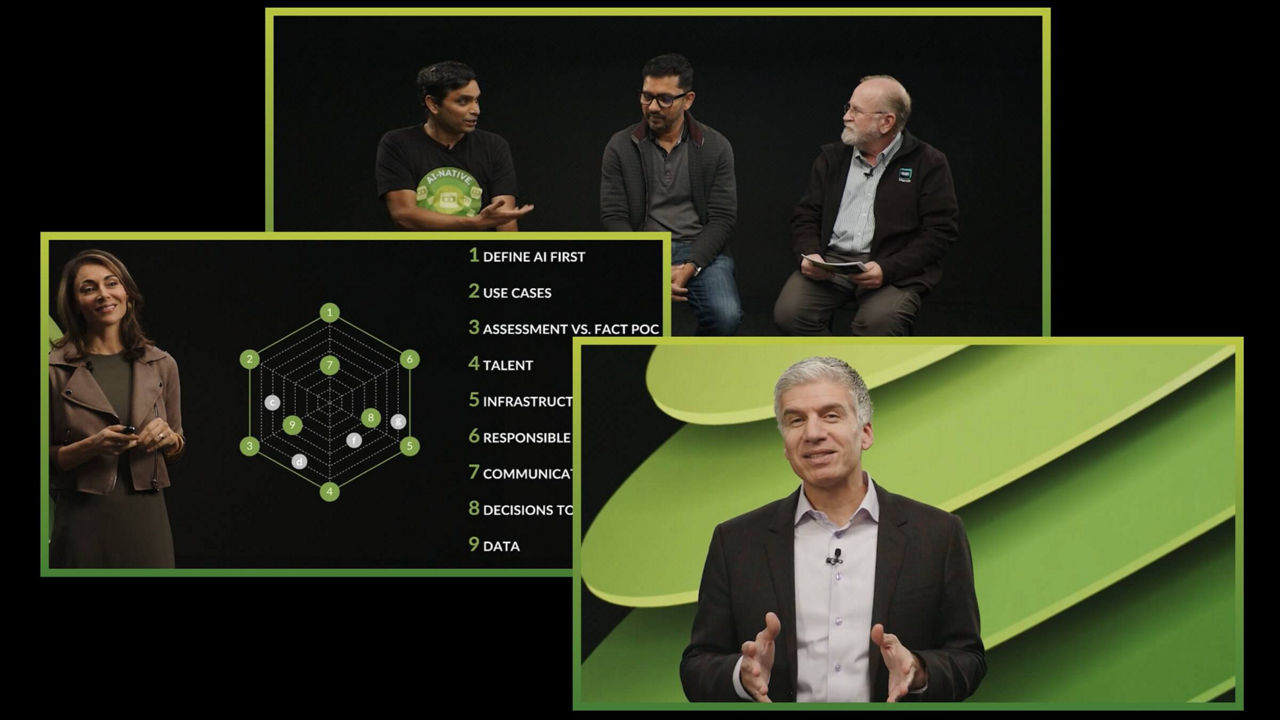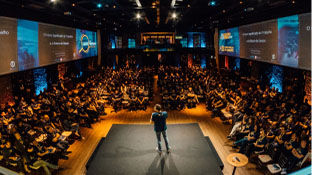Juniper Mist Edge Datasheet
Download datasheetProduct overview
Juniper Mist Edge extends microservices to the campus network for agility and scale while enabling new applications at the edge. Juniper Mist Edge uses the Juniper Mist cloud and its distributed software architecture for:
— Scalable and resilient operations
— Management
— Troubleshooting
— Analytics
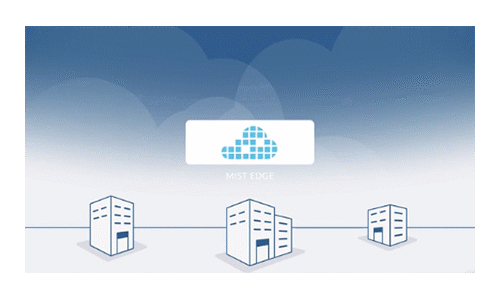
Product description
Juniper® Mist™ Edge extends AI-native wireless agility and scale to the campus edge—without the need for legacy wireless controllers. Juniper Mist Edge allows for data centralization, which is useful for organizations limited by legacy network designs, and for those that want seamless wireless mobility for guest and remote access.
When using Juniper Mist Edge, organizations gain the advantage of having localized data analyzed by the Juniper Mist™ microservices cloud and Marvis® AIOps. The unique combination delivers agility, reliability, and operational simplicity while enabling simplified, seamless, large campus roaming and secure IoT with dynamic segmentation. Mist, Juniper’s AI-native networking platform, streamlines IT operations with unprecedented automation and insight.
With Juniper Mist Edge, organizations can deploy new microservices and upgrades easily on campus as the need arises. You can deploy and manage the network services you want, where you want them, in a consistent, seamless, and secure manner.
Juniper Mist Edge use cases
Juniper Mist Edge solves multiple wireless challenges while increasing network flexibility and operational efficiency. Mist Edge helps enterprises:
- Easily move from a legacy controller architecture to a modern microservices cloud without impacting the existing network design
- Expand microservices on the campus for scalable and resilient wireless operations, management, troubleshooting, and analytics
- Extend VLANs to distributed branches and telecommuters, replacing remote VPN technology
- Separate guest access and corporate traffic
- Provide dynamic traffic segmentation for IoT devices
Mist, Juniper’s AI-native networking platform
While wired and wireless networks are business critical, without the right architecture they can be harder to operate given the sheer number of mobile and IoT devices—not to mention the extensive variety of hardware, operating systems, and applications currently in use. Traditional architectures—highly manual and network-centric—lack the scale, flexibility, and end-to-end visibility required to support modern mobility requirements, which increases the burden on the IT departments that manage them.
Mist, Juniper’s AI-native networking platform, makes Wi-Fi predictable, reliable, and measurable, offering unprecedented visibility of the user experience through the use of unique service-level expectation (SLE) metrics. Proactive, AI-native automation and a self-healing network replace time-consuming manual tasks, lowering Wi-Fi operational costs and saving substantial time and money. Juniper access points and the Juniper Mist Edge are managed by the Juniper Mist cloud. The system delivers maximum network scalability and performance while bringing DevOps agility to WLANs and location services.
Juniper Mist cloud delivers unparalleled agility, scale, and resiliency to your network. It lowers OpEx and delivers unprecedented insights into network performance, behaviors, traffic patterns, and potential trouble spots by using data science to analyze large amounts of rich metadata collected by Juniper access points.
Juniper access point family
The Juniper enterprise-grade access point family consists of:
- AP47 Series, AP37, AP36, and AP66, which support 802.11be (Wi-Fi 7) and Bluetooth LE
- AP45 Series, AP34, AP24, and AP64, which support 802.11ax (Wi-Fi 6E) and Bluetooth LE
These access points (APs) are all managed by real-time microservices based in Juniper Mist cloud.
Juniper Mist Edge
Some network services require specific functions to be handled on-premises due to bandwidth, latency, or architecture requirements. Juniper Mist Edge extends select microservices to the customer premises while using the Juniper Mist cloud and its distributed software architecture for scalable and resilient operations, management, troubleshooting, and analytics.
For large campus networks, Juniper Mist Edge provides data plane centralization and seamless roaming through on-premises tunnel termination of traffic to and from access points, while keeping all the control and management functions in the Juniper Mist cloud.
Juniper Mist Edge extends VLANs to distributed branches and telecommuters, replacing remote VPN technology, and it provides dynamic traffic segmentation for IoT devices. Split tunneling enables separation of guest access and corporate traffic.
The Juniper Mist Edge architecture offers several key benefits:
- Agility to develop and deploy new microservices rapidly
- A scalable platform to meet demands of small and large campuses
- Deployment and management simplicity
- Stateless architecture for quick failover
- Service upgrades within seconds
- Decoupled service deployment from AP firmware
- Zero-touch configuration and cloud management
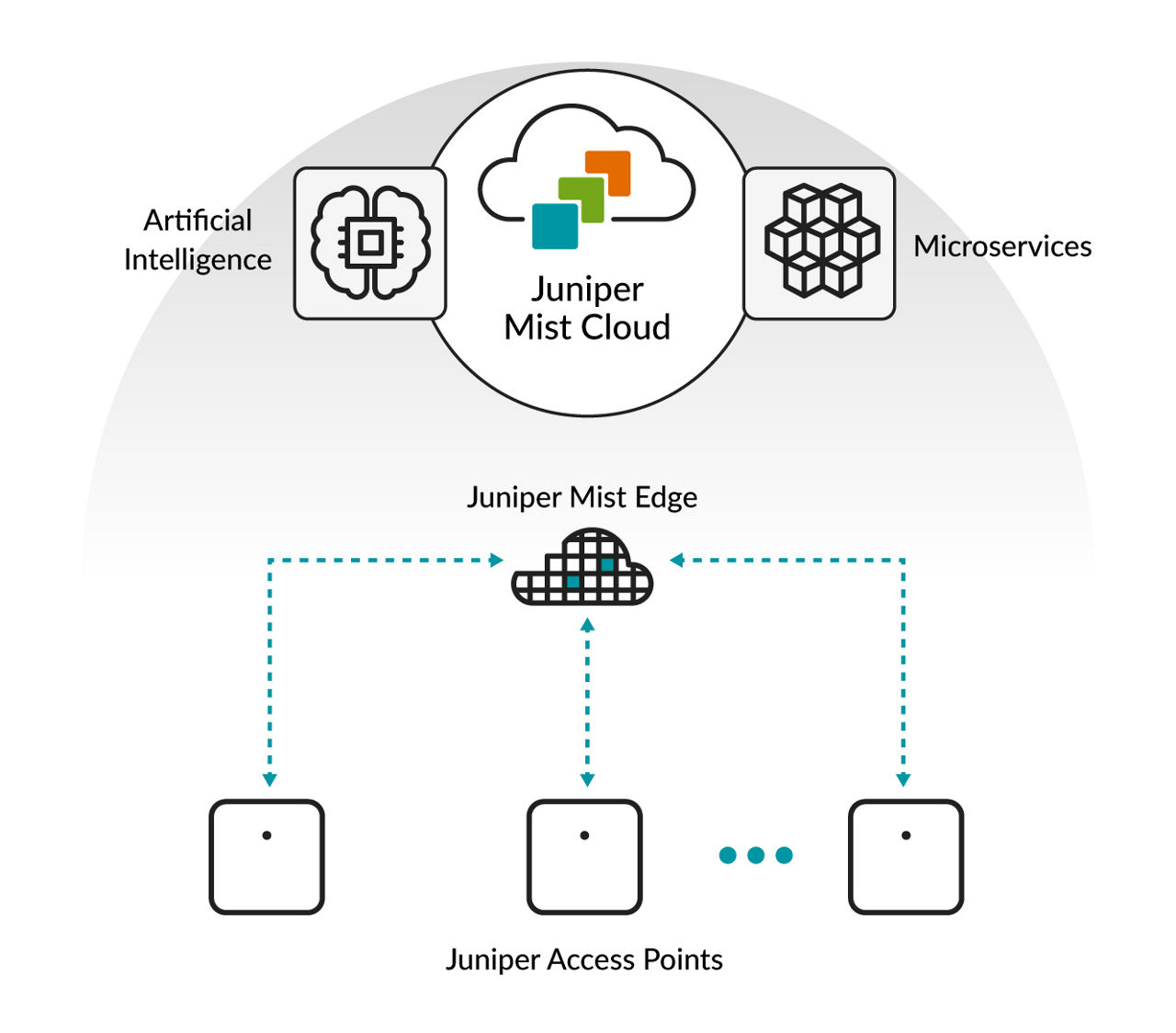
Figure 1: AI-native enterprise solution with Juniper Mist Edge
Juniper Mist Edge is deployed as a standalone appliance with multiple variants for different size deployments. A software-only virtual machine (VM) solution is also available for added design flexibility.
Features and benefits
Tunneling microservices
This service lets you make a seamless transition, moving from an existing centralized data plane with legacy controller architectures to the modern Juniper Mist microservices cloud, without impacting network design.
The APs use standards-based L2TPv3 technology or IPsec in a teleworker scenario to tunnel traffic to and from the Juniper Mist Edge for selected WLANs. This provides the network design flexibility to use a combination of distributed and centralized data planes, where needed, to meet customer requirements. A deployment with Juniper Mist Edge can support locally bridged and tunneled WLANs.
The service lets you preserve the VLAN configuration at your edge switches while transitioning to a Mist microservices cloud architecture. You accomplish this by tunneling your traffic through a centralized cluster of Juniper Mist Edge devices while maintaining the ability to separate SSIDs and users onto different VLANs.
The service also supports seamless mobility for devices running latency-sensitive applications, allowing them to maintain performance as they roam across the campus. A Juniper Mist Edge cluster will operate intelligently to deliver scalable and reliable performance by optimizing broadcast and multicast traffic delivery.
Configuration of the tunnels is also simplified through the power of the Juniper Mist cloud and its Zero Touch Provisioning capabilities.
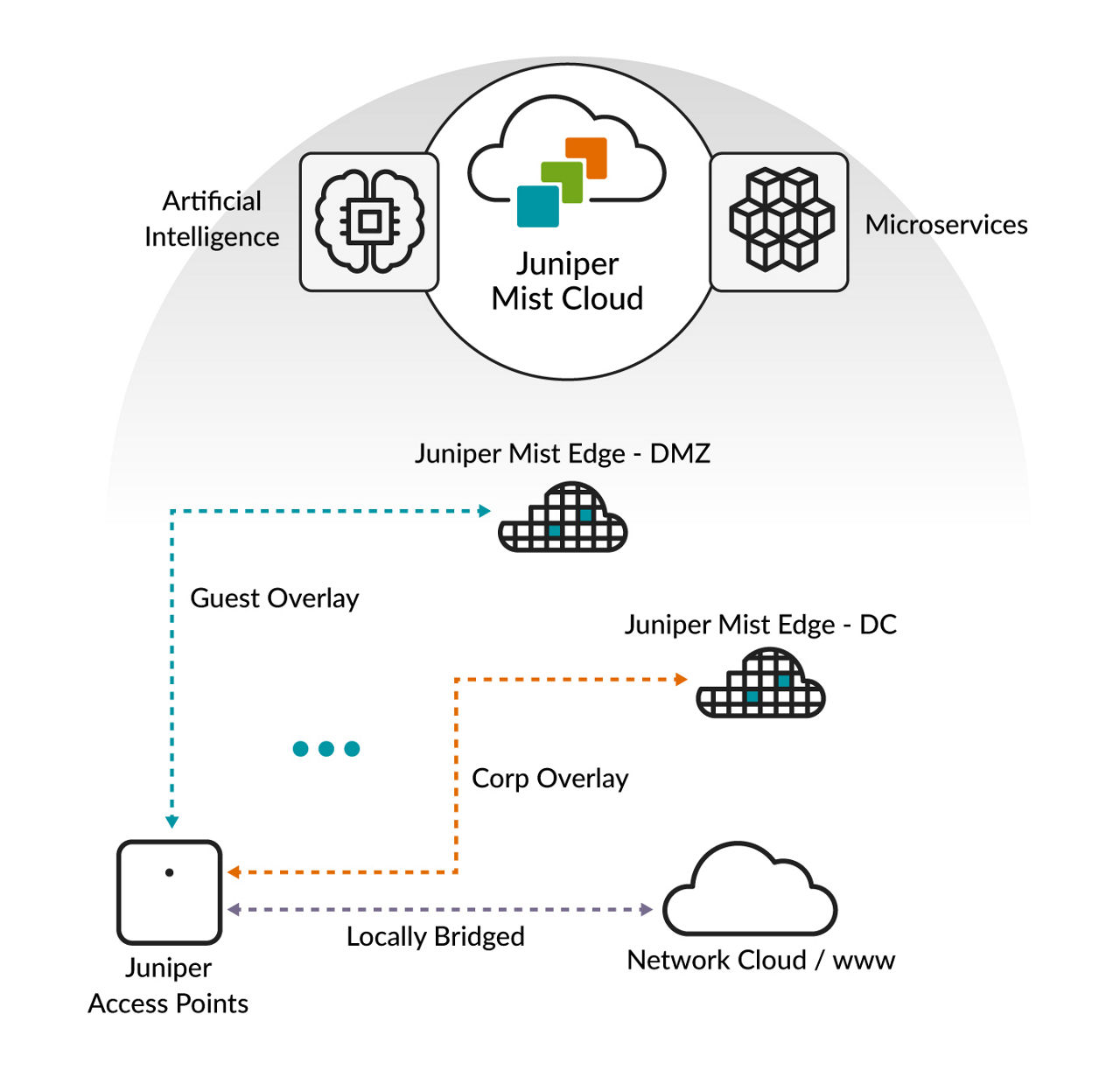
Figure 2: Multiple tunnels from Juniper access points
Tunneled WLANs and flexible traffic redirection
Many times, Wi-Fi deployments have the requirement to bridge the WLAN locally as well as support a separate overlay for guest access and the corporate wireless network traffic. The Juniper Mist microservices architecture provides the flexibility to form multiple tunnels to different Juniper Mist Edge appliances based on the wireless configuration requirements. For instance, one site of the WLAN could be bridged locally and a guest WLAN could be tunneled to the DMZ (Juniper Mist Edge) while the corporate SSID is tunneled to the data center (Juniper Mist Edge) for access to corporate resources.
High availability and clustering
Juniper Mist Edge supports an elastically scalable cluster (with options for backup clusters) composed of an unlimited number of nodes within a cluster. The Juniper Mist Edge cluster design for the tunneling microservice is guided by the aggregate capacity considerations based on number of APs, number of clients, and throughput expectations.
Active/active tunneling clusters deliver higher availability and resiliency than traditional N+1 standby architectures and ensure redundancy while balancing the AP between Mist Edges with zero idle capacity. Mist Edge supports multiple layers of redundancy to ensure WLAN survivability in the event of a catastrophic network failure. Multiple Mist Edge nodes within a cluster allow APs to associate to any surviving node in the event of a failure. If an entire cluster goes offline within a data center, Mist APs can fail-over to a different cluster hosted in a different data center to assure network survivability.
Additionally, Mist Edge architecture flexibility allows for the standby cluster for one site to be the primary cluster for another site to fully utilize the resources and reduce operating cost.
Juniper APs separate the control and management functions from the data plane and will continue to function even if the connection to the Mist Edge goes down.
Access Assurance Proxy
Junipers Mist Edge with Access Assurance Proxy acts as a secure authentication gateway between third-party network devices and the Juniper Mist cloud. By proxying RADIUS authentication requests through Mist Edge, organizations can enforce cloud-driven access policies and device authentications, even on non-Juniper infrastructure, using secured RadSec tunnels. This approach streamlines identity management, boosts network visibility, and ensures centralized, scalable policy enforcement for improved security and operational efficiency.
Appliance model and specifications
| Model | Max AP / Client / Throughput | Interface |
| ME-VM | 500 / 5,000 / 2 Gbps | Dual-Port 1GbE (Data) and Dual-Port 1GbE (Mgmt) |
| ME-X1-M | 500 / 5,000 / 4 Gbps | Quad-Port 1GbE (Data) and Dual-Port 1GbE (Mgmt) |
| ME-X2-M | 2,000 / 20,000 / 40 Gbps | Quad-Port 10GbE SFP+ (Data) and Dual-Port 1GbE (Mgmt) |
| ME-X6 | 5,000 / 100,000 / 100 Gbps | Quad-Port 25GbE SFP28 (Data) and Quad-Port 25GbE SFP28 (Mgmt) |
To assess whether the Juniper Mist Edge is a fit for your AI-driven enterprise, please contact your local Juniper partner or representative who can help you architect your next-generation network.
Ordering information
| Part Numbers | Description |
| Appliance | |
| ME-X1-M | Mist Edge appliance, 4x1Gbps, supports 500 APs |
| ME-X2-M | Mist Edge appliance, 4x10GBASE-X (SFP+), supports 2000 APs |
| ME-X6 | Mist Edge appliance, 4x25GBASE-XX (SFP28), supports 5000 APs |
| Virtual | |
| ME-VM | Mist Edge VM, supports 500 APs |
| ME-VM-OC-PROXY | Mist Edge VM for Proxy (no tunneling) |
| Subscription | |
| S-ME-S-x | SW, Mist Edge Assurance (SUB-ME) standard, per AP sub |
| Extended warranty | |
| ME-ADV-XCH-xx | Annual extended hardware support for Mist Edge |
For information on warranty, refer to https://support.juniper.net/ sites/support/pdf/warranty/juniper-mist-wifi-warranty.pdf.
| ME-X1-M | |
| Dimensions and Power | |
| Form factor | 1U with 1U/2U static rails for 2-post and 4-post racks |
| Size (W x D x H) | 17.1” (W) x 22.2” (D) x 1.69” (H) |
| Weight | 12.48 kg (27.51 lbs.) |
| Power supply Unit | Single, cabled power supply, 450W, 100–240 V AC, autoranging, 50/60 Hz, 6.5-3.5 Amp |
| Maximum power draw (estimated) | 387.5 watts |
| Idle power draw (estimated) | 134 watts |
| Heat Dissipation (maximum) | 1725 BTU/hr |
| Power cord | Available for all homologated countries Default - NEMA 5-15P to C13 wall plug, 125 volt, 15 AMP, 10 feet (3m), power cord, North America |
| Environmental Parameters | |
| Standard Operating Temperature | 10–35°C (50–95°F) |
| Ambient Temperature Restriction | 30°C |
| Mean time between failures (MTBF) | 170,000 hours |
| ME-X2-M | |
| Dimensions and Power | |
| Form factor | 1U with 1U/2U static rails for 2-post and 4-post racks |
| Size (W x D x H) | 17.1” (W) x 18.16” (D) x 1.69” (H) |
| Weight | 9.44 kg (20.81 lbs.) |
| Power supply Unit | Single, cabled power supply, 450W, 100–240 V AC, autoranging, 50/60 Hz, 6.5-3.5 Amp |
| Maximum power draw (estimated) | 176 watts |
| Idle power draw (estimated) | 95 watts |
| Heat Dissipation (maximum) | 1730 BTU/hr |
| Power cord | Available for all homologated countries Default - NEMA 5-15P to C13 wall plug, 125 volt, 15 AMP, 10 feet (3m), power cord, North America |
| Environmental Parameters | |
| Standard Operating Temperature | 10–35°C (50–95°F) |
| Ambient Temperature Restriction | 30°C |
| Mean time between failures (MTBF) | 122,000 hours |
| ME-X6 | |
| Dimensions and Power | |
| Form factor | 1U with Ready Rails Sliding Rails for 2/4-post Racks |
| Size (W x D x H) | 18.98” (W) x 18.8” (D) x 1.69” (H) |
| Weight | 13.6 kg (29.9 lbs.) |
| Power supply Unit | Dual, Hot-plug, Redundant Power Supply (1+1), 800W, 100–240 V AC, autoranging, 50/60 Hz, 6.5 A-3.5 A |
| Maximum power draw (estimated) | 490 watts |
| Idle power draw (estimated) | 105 watts |
| Heat Dissipation (maximum) | 3139 BTU/hr |
| Power cord | Available for all homologated countries Default - Power Cord - C13, 3M, 125V, 15A (North America, Guam, North Marianas, Philippines, Samoa, Vietnam) |
| Environmental Parameters | |
| Standard Operating Temperature | -5–55°C (23-131°F) |
| Ambient Temperature Restriction | 55°C |
| Mean time between failures (MTBF) | 231,000 hours |
About Juniper Networks
Juniper Networks is leading the convergence of AI and networking. Juniper’s Mist™ AI-native networking platform is purpose-built to run AI workloads and simplify IT operations assuring exceptional secure user and application experiences—from the edge, to the data center, to the cloud. Additional information can be found at www.juniper.net, X, LinkedIn, and Facebook.
1000749 - 007 - EN SEPTEMBER 2025




